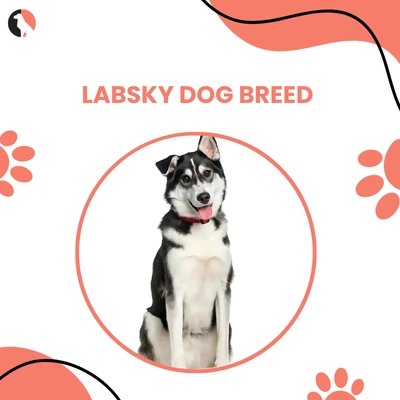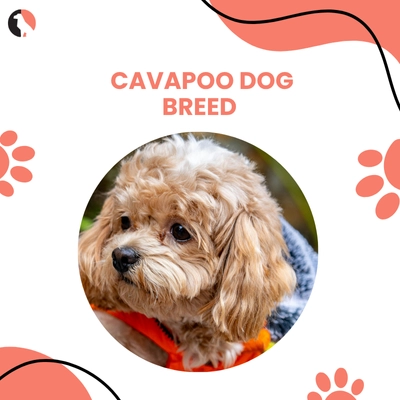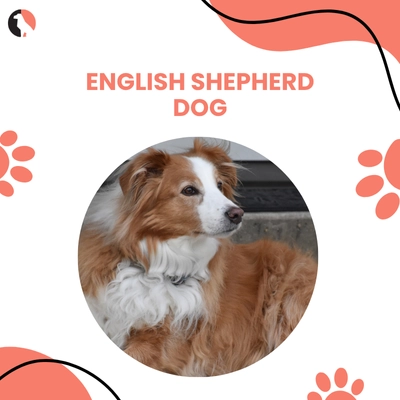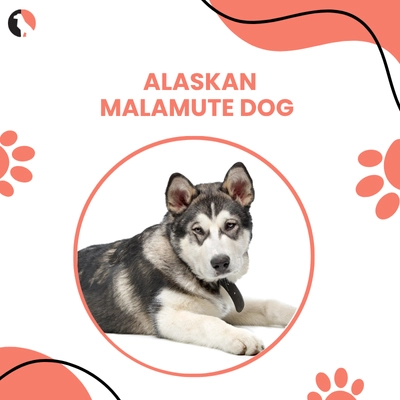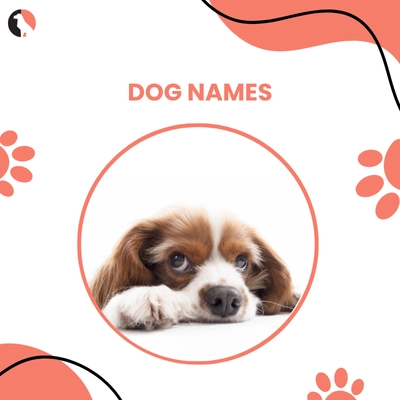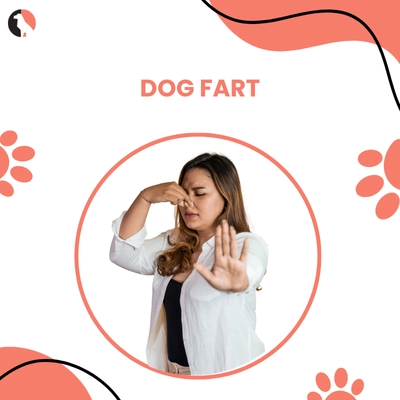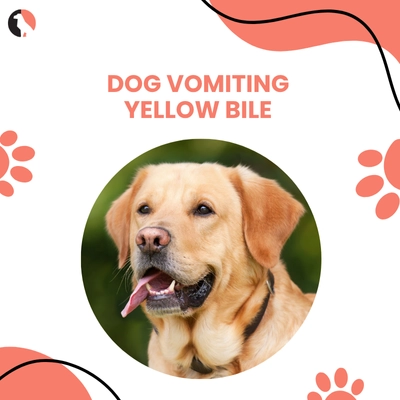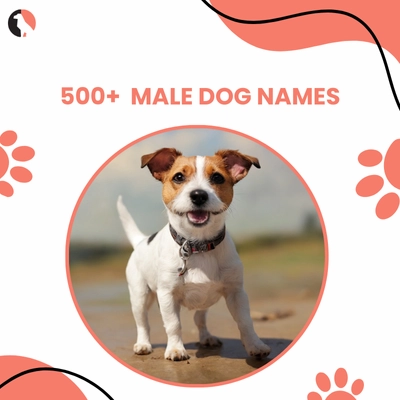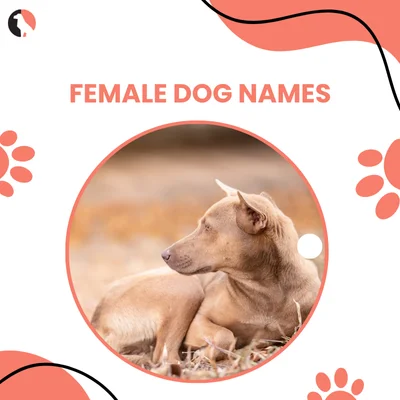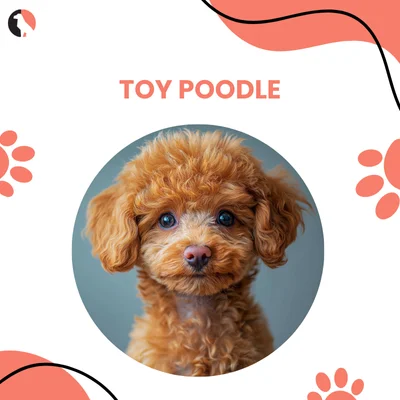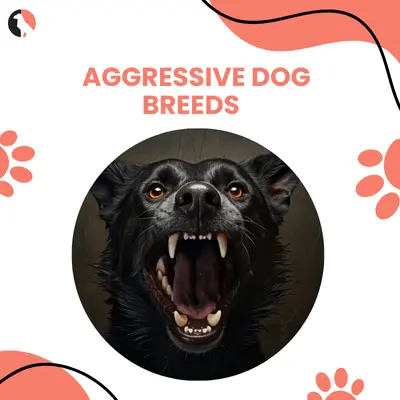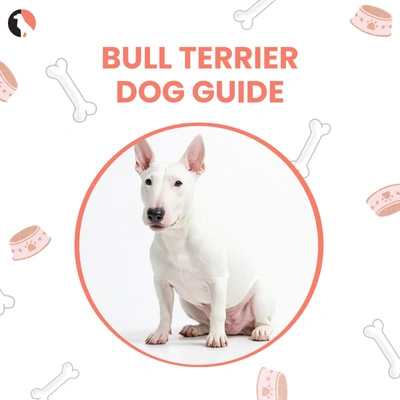Imagine a dog with eyes as bright as jewels and fur that resembled a wild leopard. A metaphorical body formed like a cow or pig hunter in the wetlands. The Catahoula Leopard Dog is this. He is lovely, intelligent, and just unforgettable.
History & Ancestry of the Catahoula Leopard Dog
Catahoula Leopard Dog is also known as the Catahoula dog, the leopard dog, or the Catahoula hound. It is the only native breed of dog found in the United States. It occurred in the 1700s in Louisiana. Native American dogs were mixed with Spanish mastiffs, bloodhounds, and greyhounds. This created strong, slim dogs that were great for farm work and lasted for many years. Later, the Beauceron breed was influenced by French settlers, which enhanced its herding tendencies.
For centuries, Catahoula hound dogs helped families survive by putting food on the table. In dense swamps, they flanked boar, feral and raccooned treeing, and cow herding. The Catahoula Leopard Dog is native to the state of Louisiana. In 1979, the state officially named it the state dog. It is their past labour that contributes to their eternal stamina, big brawns, and their genius logic.
Distinctive Appearance
The Catahoula dog has unique features. Let’s discuss their color patterns, expressions, size, and structure.
Discover: Explore the Boston Terrier: Genuine Tips from Today’s Owners
Coat and Color Patterns
Catahoula Leopard Dogs also have one coat (short and smooth or a bit rough and feathered). Colors are pure black and chocolate, and brindle, as well as the dazzling merle (leopard) pattern, which can be five colors blended together. The iconic spots and diluted patches are made by Merle genetics. Solid coats can have white markings on the face, chest, or legs.
Eyes & Expressions
Their eyes are captivating. They may be very cool (ice blue, amber, green, or even several-coloured) in each eye (cracked or marbled). It is more likely to have heterochromia, in which one eye is colored and the other is not. These eyes are glass, they can capture light, haunting and beautiful, unforgettable.
Size & Structure
These dogs are of an average of 50-95 lb and 20-26 inches tall. Bodies are slim, muscular, and rectangular; they run and move without tiredness. The webbed feet remind one of their origin as swamp workers. They have drop-shaped ears, broad, cheekboned heads, and long, tapering tails that are never docked.
Personality & Temperament
Catahoula Leopard Dogs personality are nothing if not dynamic:
- High intelligence: These dogs learn fast, but think fast too. They test boundaries and need purposeful direction.
- Strong work drive: A Catahoula mix or purebred excels on tasks—herding, agility, tracking, even search and rescue.
- Protective nature: They bond closely, view family as a pack, and guard vigilantly—in a calm, confident way.
- Independent thinker: Early training is vital. They excel with positive reinforcement and consistent boundaries.
- High energy: Expect at least 60–90 minutes of vigorous exercise daily—running, swimming, play, or dog sports.
- Prey drive & territorial instincts: They may be cautious of strangers and chase small animals. Early socialization and leadership help them continue to grow in homes with other pets.
In everyday life, they’re loyal, playful with family, and mellow after a good workout. People usually get a quiet, careful look until they’re introduced.
Care for Catahoula Leopard Dog
Like any other animal or pet, Catahoulas also need good care and attention. Here are some training, good nutrition, and grooming tips for you.
Explore: Siberian Husky Breed Guide: Traits, Care, and Training Tips
Training and Exercise
These dogs are happier at work. Aim for:
- 2 hours of organized physical exercise per day: walks, jogs, play fetch, all-purpose, and herding simulator.
- Intellectual trouble: Tracking with scent, puzzle toys, obedience exercise.
- Early socialization: Expose them to different people and surroundings, as well as animals, particularly dogs and children.
- Kindness leadership: With positive, consistent training, there should be no stubborn refuting.
Example: One owner wrote that their dog learned to climb trees and produces no indication of being sick of swimming. But the dog is an avid hunter and needs time to open up to people he/she has never seen before. Destructive chewing was curbed using hard toys such as a Kong.
Nutrition
Good-quality large-breed food, by life stage:
- Puppies: small frequent feedings, 4 x a day
- Adults: 2 normal meals
- Working dogs: more protein/fat
- Joint health: include omega-3 and glucosamine when necessary.
Also, consult your vet, especially in weight control and during seasons of activities.
Grooming & maintenance
- To control shedding and spread oils, weekly brush.
- Baths, say, every three months, more when the children have been out in the mud.
- Clean the ears soon after swimming to avoid infections.
- Teeth maintenance, nail clipping, and frequent eye examination to remove tear stains.
Health & Lifespan
You should take care of their health because it is directly linked to their lifespan.
Lifespan
The average longevity of a Catahoula Leopard Dog is 10–14 years; however, with the right care, many can live up to 16 years.
With good treatment, anywhere from 13 to 17 years is a good guess. One lived to 16.5 as a farm pet
Common Health Issues
- Hip dysplasia (~20% incidence): It can be found with an X-ray and is treated by managing the dog’s weight and adding regular exercise.
- Deafness: Associated with merle and white coloring; BAER should be done.
- Eye problems: Microphthalmia, Cataracts, PRA examinations are necessary to deal with the issues on a regular basis.
- Bloat (GDV): Deep-chested dogs may experience death. Pay attention to eating behavior and the symptoms.
- Hemivertebrae and spine distortions: X-rays of the young will detect early spine problems.
- Hypothyroidism: Could lead to weight, skin, coat, and mood conditions, and can be treated with medication.
- Diabetes: It will involve dedicated effort and can be treated using insulin.
- Cancer: The elderly are at risk; routine examination by the vet helps to detect it.
- Underbite: Normal; may require dental assistance when it is painful.
Learn More: Labrador Retrievers: The Most Popular Dog in the World
Catahoula Mix and Adoption Tips
In search of a Catahoula mix? Mixing breeds like Labrador, Husky, or Australian Shepherd usually creates a strong and energetic crossbreed. These dogs are active, healthy, and full of energy. However, have the same exercise requirements and health issues.
Adopt either a purebred or a mixed, but one should adopt from a reputable breeder or rescue. Ensure:
- Health obvious testing: eyes, hips, BAER, thyroid
- Making appropriate first socialization
- Open ancestry and records
Assure rescue outfits, such as the Catahoula Leopard Dog Rescue, of tested and tried dogs.
Final Thoughts
The Catahoula Leopard Dog is full of beauty with its beautiful leopard coats and crystal-like eyes. It is also hardworking, loyal, and very devoted to its family in addition to its looks. They live in houses that are domiciled under them, develop leadership, and give purpose to a home. Provide this loyal and intelligent dog with structure, play, and companionship, and they will love and give back to you day in and day out.






























